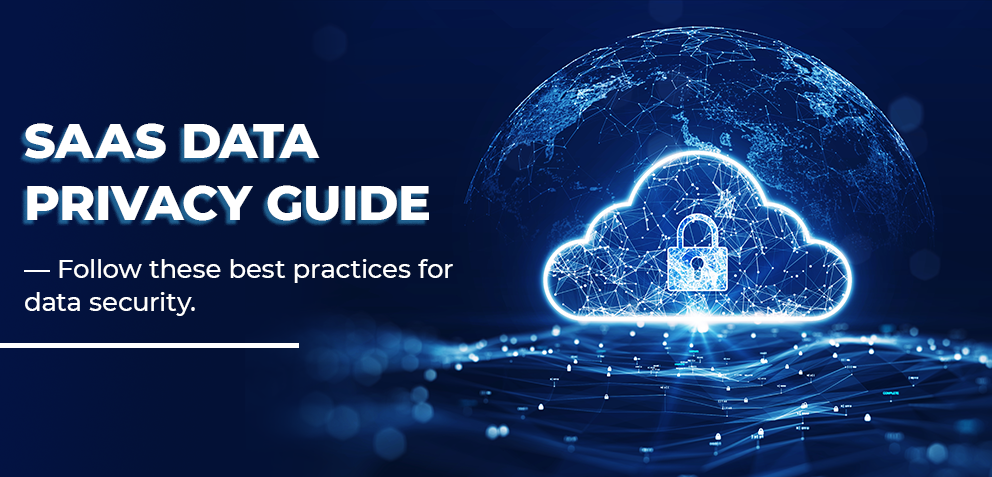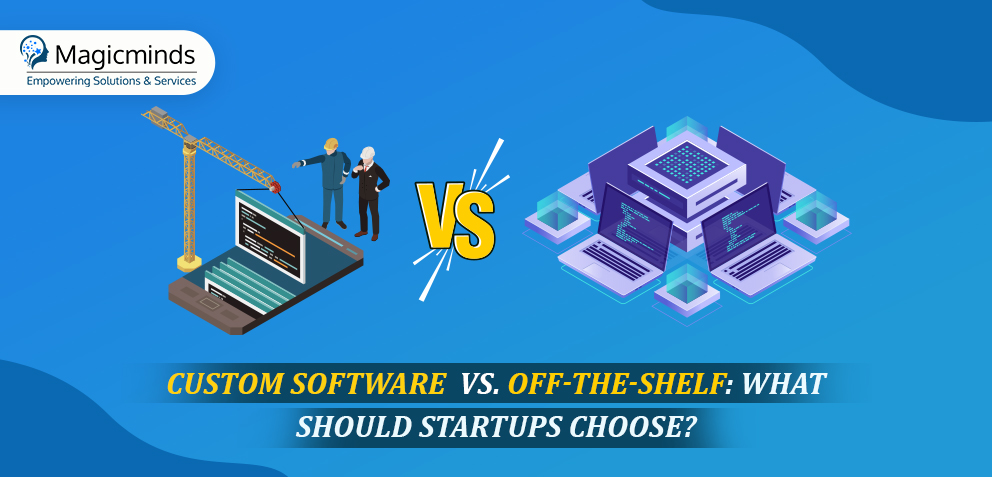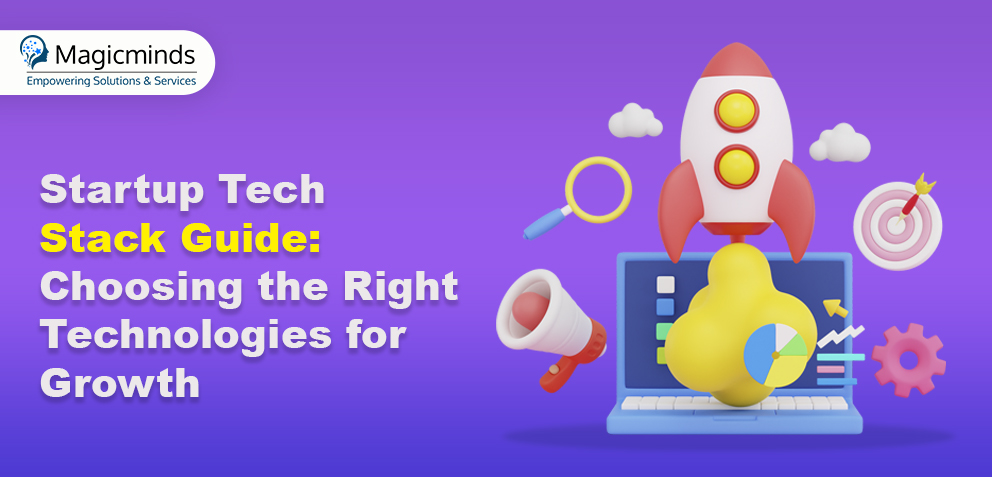SaaS Security Best Practices: 12 Tips and Tricks

Tags
 Stay In-the-loop
Stay In-the-loop
Get fresh tech & marketing insights delivered right to your inbox.
Share this Article
Category
- .Net Developer
- Adtech
- Android App Development
- API
- App Store
- Artificial Intelligence
- Blockchain Development
- Chatbot Development
- CMS Development
- Cybersecurity
- Data Security
- Dedicated Developers
- Digital Marketing
- Ecommerce Development
- Edtech
- Fintech
- Flutter app development
- Full Stack Development
- Healthcare Tech
- Hybrid App Development
- iOS App Development
- IT Project Management
- JavaScript development
- Laravel Development
- Magento Development
- MEAN Stack Developer
- MERN Stack Developer
- Mobile App
- Mobile App Development
- Nodejs Development
- Progressive Web Application
- python development
- QA and testing
- Quality Engineering
- React Native
- SaaS
- SEO
- Shopify Development
- Software Development
- Software Outsourcing
- Staff Augmentation
- UI/UX Development
- Web analytics tools
- Wordpress Development
“With great power comes great responsibility!” And with great cloud power comes even greater responsibility, especially for those steering the ship at the top. In our digital escapade today, we’re diving deep into the wild world of SaaS security. It’s not just about locking down the data; it’s about crafting a robust strategy that turns your security game from ‘meh’ to ‘heck yeah!’
So, gather ’round, decision-makers, as we spill the beans on 12 game-changing SaaS security best practices that’ll have you feeling like a cybersecurity rockstar.
Understanding Why SaaS Security is Non-Negotiable
SaaS Security Hurdles: What are the Security Challenges for SaaS Models?
SaaS Security: What are the Best Practices to Secure Data in the Cloud?
Understanding Why SaaS Security is Non-Negotiable
According to the latest intel from Wing Security, a whopping 84% of companies found themselves in a bit of a digital pickle. Picture this— employees, on average, juggling 3.5 SaaS applications, and oh boy, ouch!
The kicker? Breaches galore in the past three months. While it’s a bit of a shocker, it’s not exactly breaking news.In the era of SaaS development supernova, where apps multiply faster than you can say ‘cybersecurity,’ our review shines a spotlight on a reality check. The growth is mind-blowing, sure, but it’s causing a bit of a headache for our security and IT teams.
We’re not here to rain on the SaaS development parade. In fact, we’re the biggest fans of it – after all, who doesn’t love a good cloud-powered revolution? But, and it’s a big BUT, using SaaS is like wielding a double-edged sword. You want the growth, the innovation, but you also need a dash of caution in the mix.
As companies deal with extensive data, such as financial, customer, employee details, HR data, and more sensitive data, they must understand the importance of SaaS data security and have a robust solution to protect their data from cyber threats, mitigating the risks.
If this vast data is not handled with the utmost care or accessed by unauthorized people, it could jeopardize the data security and, thus, the company’s security. That’s why SaaS security solutions are a must-have for any organization.
SaaS Security Hurdles: What are the Security Challenges for SaaS Models?
So, what are the security challenges that give rise to the security best practices for SaaS models? Let’s have a quick look at it.
Data Breaching
Data breaching is a common bottleneck and threat for organizations. Vital and sensitive data viewing, access, or usage by unauthorized users can create security vulnerabilities, leading to major security issues for organizations. Therefore, companies must have strong and effective security measures to prevent data breaches.
Configuration Issue
Sometimes, the complexity of the SaaS system increases the misconfiguration issues in any organization. If the configuration is improper, it makes the system vulnerable to cyber-attacks.
Ransomware Attack
A ransomware attack is commonly termed an account hijack. If a cyber data attacker or hacker gets access to the target network, it disrupts the company’s internal process alongside damaging data. Hackers sometimes ask for monetary prices from companies.
RELATED READ: A Security Handbook for Flutter App Development
SaaS Security: What are the Best Practices to Secure Data in the Cloud?
Let’s uncover the best practices you must include in your SaaS product.
Quick Security Checklist
The first thing is first. You must have a strong security culture to implement or practice a security checklist. If you have a defined security checklist, it will aid you in selecting a cloud service provider hassle-free. So, what are the components included in the SaaS security checklist?
- Multi-Factor Authentication: Secure user accounts and evaluate or check user identity.
- Frequent Security Audits and Penetration Testing: Verify and work on the security vulnerabilities.
- Encrypt the Data: Secure it from unidentified user access.
- Have Antivirus: Use antivirus to protect from malicious attacks.
- Backup Functioning: Test the backup frequently to check the functionality.
Update: Stay updated about the latest software, use them properly, and have only cloud security solutions.
Map the Data
Data mapping, classifying, and regular monitoring are essential to ensure advanced security and protection, and we can’t even stress enough that. Full-stack developers that build SaaS products must practice some important measures to secure its preservation. If you get a detailed idea about your data, it helps you to understand potential security loopholes.
So, how can you map your data?
- Check Your Assets: Have a thorough understanding of the assets you want to protect, including data, services, systems, etc.
- Set Your Security Goal: Identify the security goal you want to achieve.
- Risk Assessment: By practicing risk assessment, you can identify potential threats and vulnerabilities easily.
- Educate Your Users: Your customers must have data security knowledge and implementation controls.
- Security Control: Incorporating security controls can protect data and identify risks.
- Regularly Monitor the Security: Regularly monitor system security and modify it accordingly.
- Response Plan to Incidents: Have a response plan for handling any incidents. You can practice it frequently to stay alert and prepared.
Check Identity and Access Management Control (IAM)
An identity and access management advanced solution enables users to access only authorized and needed information, protecting data. The main purpose is to prevent unauthorized access, eliminate data leakage, hacking, and data breaching, and maintain privacy compliance and regulations.
- When you incorporate IAM controls, first start having user authentication protocols, ensuring user authentication before providing access to the application. Prefer to use two-factor or multiple authentication, biometrics, etc.
- Build user profiles and provide access controls personalized according to their needs.
- Assign roles to users through role-based access control ( RBAC), restricting their access.
- Regularly monitor your users to detect unauthorized usage of patterns.
- Create audit trails and observe users’ activities.
- Update the application’s security settings often and be vocal about using strong passwords and password expiration dates so that users alter theirs regularly.
Practice Data Encryption
Data encryption is essential to secure data in SaaS. Usually, SaaS solutions prefer Transport Layer Security (TLS) for protecting data in transit and encrypting that over the internet. Within it, the SaaS security provider and client create a safe encrypted connection through public key cryptography.
AI-powered SaaS security adds an extra layer of protection through robust encryption algorithms. However, for that, you need to go for AI development with hiring dedicated developers.
- Numerous companies prefer Advanced Encryption Standard (AES).
- The Rivest-Shamir-Adleman (RSA) supports public key encryption algorithms, making it difficult for attackers to break it.
- Blowfish is the most preferred encryption method due to its long-term effectiveness and speed.
- Being the fastest encryption algorithm, Twofish is a perfect choice for software and hardware environments.
Ensure Data Deletion Policy
Enforcing a strong data deletion policy among organizations is essential to maintain the customer’s data privacy and safety. Although deleting customers’ data systematically is a legal responsibility for businesses, and thus, a crucial factor, they must perform it to generate the relevant data log that is required to manage.
The following factors should be considered while detecting customer data.
- Organizations must follow a strict procedure for data deletion within a scheduled time.
- Organizations must have a well-defined methodology for data deletion.
- Users should be able to retrieve or access their deleted data anytime.
- If organizations are required to keep data stored, they must ensure to have specific rules.
Have Audits and Certifications
Dedicated SaaS developers must ensure to meet regulatory compliances and certifications, like PCI DSS (Payment Card Industry Data Security) and SOC 2. SaaS providers must follow audits without failure for data protection and privacy while collecting, storing, processing, and transmitting. Maintain below compliance with regulatory standards:
- PCI DSS: This security standard controls and manages the secure environment in every company’s credit card information processing, storage, and transmission.
- HIPAA: The Health Insurance Portability and Accountability Act preserves vital data from being revealed without any consent from a higher authority.
- SOC Type II: The Systems and Organization Controls Type II ensures auditors have useful information guidance when assessing security protocols.
Prevent Data Loss
DLP is crucial in handling vital data for monitoring outgoing transmission. It stops personal devices from installing sensitive information, preventing malicious attacks. It’s best suited for managing IP protection, data discoverability, and individual data compliance. In case your business protects substantial intellectual property, you might use a DLP solution like context-based classification, which can classify the IP using both structured and unstructured methods.
Have Cloud Access Security Brokers (CASBs)
CASBs are vital for secure data in SaaS products, helping to recognize unauthorized SaaS product usage by employees. Acting as control points that have set policies, monitor behavior, and manage risks within the SaaS stack, CASBs are a good source in providing data usage and user behavior visibility to IT companies.
Moreover, they are the friend of organizations for eliminating security misconfigurations, correcting extensive risk user activities, and securing data through encryption, making it malicious attack-proof and unreadable for external parties.
Check Risk Level
Examining the risk level prior is essential best practice for ensuring any organization’s security. Check the below tricks to assess your SaaS provider service:
- Have a comprehensive understanding of the SaaS provider’s security policies, ensuring that they have the exact privacy protocols your organization needs.
- Read other customer’s reviews to get their service reality and reliability better.
- Review if the vendor is compliant with the most security standards or not.
- Take the opinion of industry experts and understand the service and risk levels of the vendor.
Software Development Life Cycle (SDLC)
Early implementation of security measures in the application stimulates the software development life cycle (SDLC), making the app robust and advanced. Identifying the potential security risks and threats can solve issues even before the product gets launched.
- Planning
- Identify risks and security threats
- Assess potential impact on the enterprise.
- Defining Requirements
- Incorporate security, compliance, and regulatory needs into functional requirements.
- Designing and Prototyping
- Integrate security into the architecture plan.
- Engage in threat modeling.
- Software Development
- Educate developers on security testing tools (e.g., OWASP ZAP, SQLMap, Nmap).
- Emphasize the importance of secure coding practices.
- Testing
- Conduct interactive application security testing and static analysis.
- Implement code review processes.
- Deployment
- Continuously review configurations for security.
- Operations and Maintenance
- Regularly monitor to detect threats.
- Prepare to respond to vulnerabilities or intrusions.
RELATED READ: 2023 Mobile App Development Security: Essential Guidelines
Final Word
Arming your SaaS service with robust security best practices is crucial for any organization. This enables the detection of potential threats early and secures the application with unbreakable security and safety, ensuring protected data. However, for that, you must hire developers expert in creating SaaS solutions for security best practices. If you’re considering building a security-focused software development solution, reach us. We don’t just work for you, we work with you on building tomorrow’s tech today.


